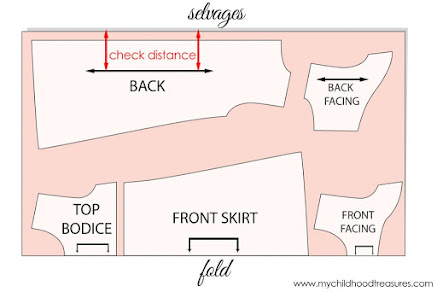घर पर मुफ्त ऑनलाइन फैशन डिजाइन पाठ्यक्रम शुरू करें 9098609816 join now Step by step Step by Step online fashion designing at home
BASIC RULES OF STITCHING
Before you have complete knowledge of running a sewing machine, it is advisable not to attempt running a sewing machine. Before threading a needle, before lowering the pressure foot, learn the correct way of putting your feet on the foot pedal of the sewing machine. Only then start practicing running the sewing machine on a rough piece of cloth or paper. After you have mastered the correct speed of running the machine, only then you should proceed further. 1. Sit at a height appropriate enough, so that your feet reach the foot pedal comfortably. 2. Sit straight while stitching. Do not bend your head over the sewing machine while stitching. Throw light on the sewing area from your left side.3. Sit in front of the machine in such a manner such that the centre of your body is in line with the needle. 4. Place your left foot on the upper edge and right foot on the lower edge of the foot pedal and then start operating the machine. 5. Only once you have mastered running the sewing machine smoothly, you should start practicing by running the needle on a plain piece of paper. There should be no jerks while running the machine. 6. Before trying your hand for stitching a piece of cloth, you should have adequate practice in running the machine on a piece of paper, by running the machine over straight lines and curves drawn on a piece of paper. 7. Take care that you keep fingers away from the pressure foot and needle while the sewing machine is in operation. 8. You should first familiarize yourself with the technique of threading a machine and only then with running the machine. The wheel of the machine should always run towards you. Practice running the machine smoothly. 9
. Remember to keep your machine oiled perfectly. For this, you should put one or two drops of oil on all moving parts everyday. Some people believe in putting a lot of oil on the machine, but this does not serve any purpose, albeit results in making your sewing cloth messy. It is instead advisable to put only a few drops of oil, but to do it on a regular basis. 10. The thread from the top and bottom should not hang out more than 10-12 cms or 4-5 inches. 11. After opening a wrong seam wash the cloth so that the holes formed by the needle get closed up. 12. Before beginning to sew a garment, mark out all the pieces carefully and arrange your lining, matching thread and buttons. These markings should be with tailor’s chalk on the wrong side of the garment. They will also help to identify wrong side from right, apart from helping you match the different pieces and seams. 13. Iron all the pieces of the cloth before beginning to sew. 14. You should keep the left and right side of the garment in mind while sewing. 15. The major part of the cloth should be left hanging on the outer, i.e. left side. Keeping the cloth on the right side, interferes with sewing and also has the danger of the cloth getting entangled in the belt or oil drops soiling the cloth. The cloth may also fall on the footrest and interfere with sewing. 16. While sewing, never pull the cloth by hand. It should move forward on its own. Pulling the cloth may either tear the cloth or break the needle. 17. While nearing the end of the stitching edge, slow down the machine gradually or else the seam might slip ahead. This is not advisable. Moreover, put a double seam near the edge to give more strength. 18. After finishing the seam, raise the pressure foot and cut the thread with a scissors. Do not pull the thread with your hand. 19. If it is heavy cloth, the stitch length should be longer, similarly if it is fine cloth keep the stitch length short. There is a stitch regulator in every machine. Study the markings on the regulator carefully and loosen or tighten the screw accordingly to alter the stitch length. You should alter the thread and needle also according to the thickness of cloth. To know the relation between needle, thread and cloth, study the accompanying table. 20. Before beginning to sew, keep two/three bobbins filled with thread ready for use, so that work flow does not get affected if a bobbin finishes.


Comments
Post a Comment